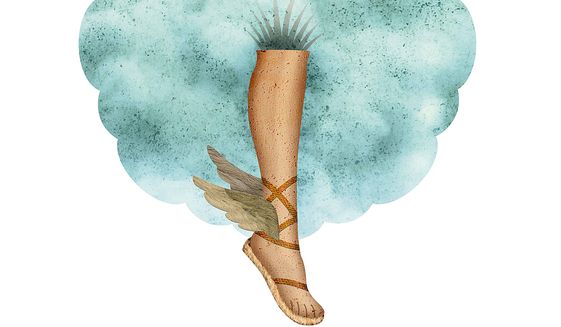By Steve Milloy - - Monday, July 20, 2015
The Supreme Court’s recent rejection of the Environmental Protection Agency’s mercury emissions rule for coal-fired power plants sets up a much-needed showdown over a key health claim underpinning the agency’s so-called “war on coal,” and global warming and ozone initiatives.
The court acted because the EPA refused to consider the heavy costs of the rule, estimating the rule would provide $4-6 million in monetized direct health benefits at a cost of $10 billion. Though the courtdeemed this benefit-cost ratio “not rational,” it was the agency’s refusal to consider costs that got the ruled overturned.
But the EPA also claimed the rule would provide indirect health benefits worth up to $90 billion annually by preventing 11,000 premature deaths per year. This claim is based on the reasoning that by reducing mercury emissions, emissions of fine particulate matter would also be reduced — emissions the agency claims kill people. The EPA values each prevented death at about $10 million.
By focusing on the EPA’s decision not to consider costs, the high court avoided addressing the issue of indirect benefits, which if true, obviously would dwarf the rule’s costs. The rule has been sent back to the EPA so costs can be formally considered. There is little doubt that the agency will position the $90 billion indirect benefits figure against the $10 billion direct costs estimate. While this seems a slam-dunk for the EPA, the $90 billion claim is pure fantasy. It is easily demonstrated that particulate matter doesn’t kill anyone.
The particulate matter at issue is soot that is about one-twentieth the width of a human hair. The EPA has essentially claimed particulate matter to be the most toxic substance known to man. The agency’s scientific documents say there is no safe exposure to particulate matter — i.e., any inhalation of it can cause death, both in the short-term (hours or days) or in the long-term (decades of exposures). This claim has been repeated numerous times by EPA officials. Former agency chief Lisa Jackson famously told Congress: “Particulate matter causes premature death. It doesn’t make you sick. It is directly causal to you dying sooner than you should.”
The EPA says its claim of particulate matter’s lethality is supported by three lines of evidence: epidemiology, animal toxicology and human clinical studies. In reality, the EPA’s particulate matter claim is more accurately debunked by those lines of evidence and a fourth — reality.
The epidemiology studies are controversial. All rely on exceedingly weak correlations between dubious air-monitoring data and death rates. All were funded by the EPA and then rubber-stamped as science by the very same EPA-paid researchers. The agency has refused congressional requests to produce the studies’ underlying data for independent review. The EPA also ignores studies with contrary results. Beyond these controversies, the agency admitted in federal litigation involving particulate matter, “Epidemiologic studies do not generally provide evidence of direct causation” between exposure and disease.
The EPA’s animal toxicology studies are unhelpful since no animal has ever died from exposure to particulate matter at levels hundreds of times greater than humans would ever inhale.
The EPA has conducted human clinical studies of particulate matter for the express purpose of validating its epidemiology. It does this by pumping particulate matter, including diesel exhaust from a running truck, into the lungs of human subjects.
These human guinea pigs have included the elderly and the sick, who the EPA says are the most vulnerable to particulate matter. People have been exposed to levels up to 21 times greater than the maximum the EPA allows in outdoor air and 75 times greater than measured in typical outdoor air. But no human test subject has ever died or even experienced a health effect traceable to particulate matter.
In the real world, miners and diesel equipment operators can be exposed to levels a thousand times higher than those found in outdoor air on a career basis. Not only do these workers not keel over and die upon contact with particulate matter, they actually have a greater life expectancy than the average person breathing blue-sky clean air.
While a person breathing typical outdoor air will inhale about 200 millionths of a gram of particulate matter on a daily basis, a smoker may inhale 200 times more than that in five minutes. A pot smoker may inhale 900 times more particulate matter from a single joint. Such smokers are also not known to keel over dead.
In Washington D.C., life expectancy is about 76.5 years. But in Beijing, where particulate matter levels are on average 10 times higher, life expectancy is three years greater.
The only deadly aspect of particulate matter is how effectively the EPA has wielded the “particulate matter kills” fantasy against the fossil fuel industry, especially coal. Yet the industry has largely been AWOL in challenging the agency. The Supreme Court’s remand of the mercury rule is a good opportunity to force an end to the EPA’s particulate matter science fiction.
• Steve Milloy publishes JunkScience.com.





No comments:
Post a Comment